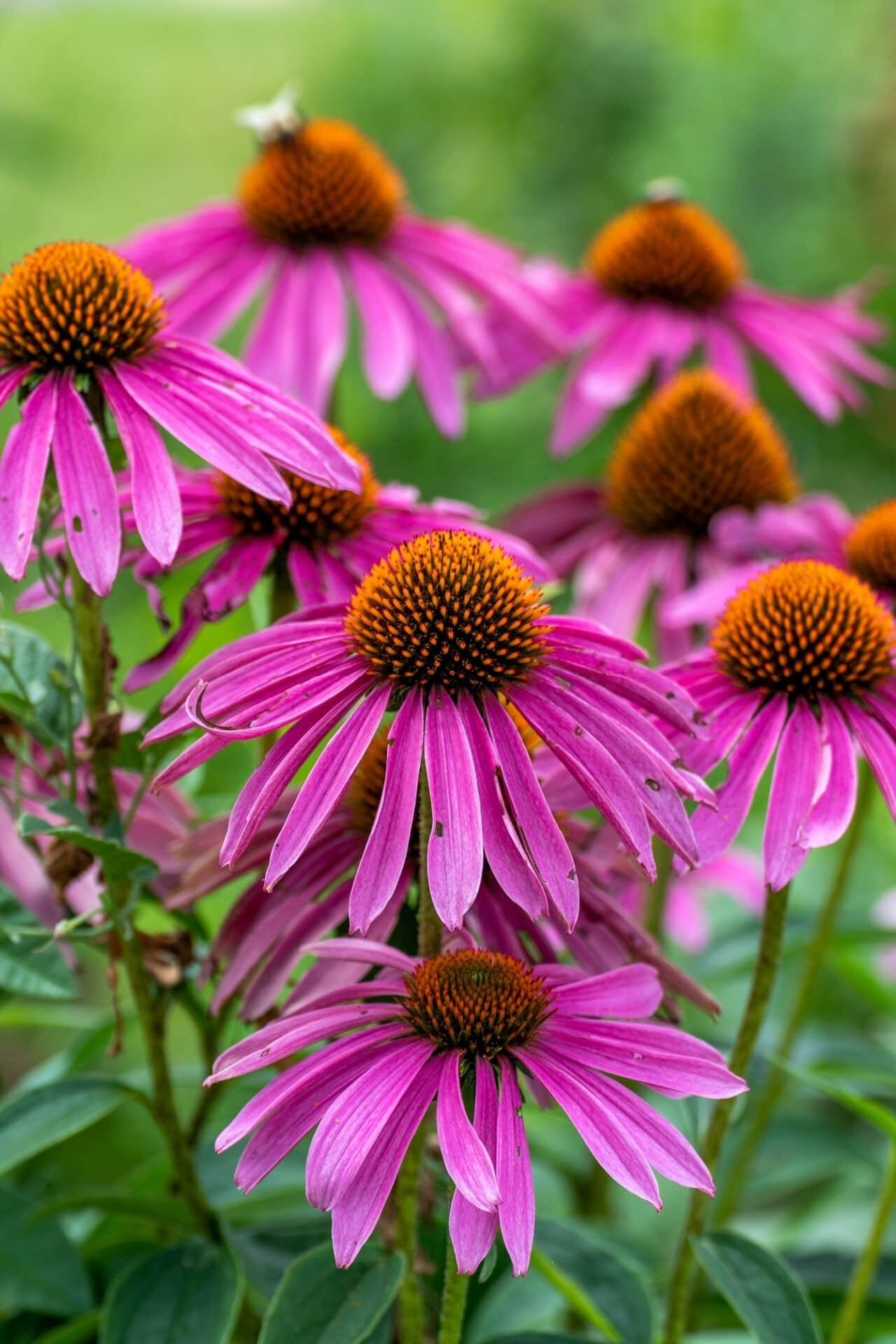Purple Coneflower
Couldn't load pickup availability
We do not ship this plant to the following states:
Ships 7-10 DaysShips 10-12 Days
Over 12"
Full Sun
3-9
Flowering
Bare-root
Ships 7-10 Days
Echinacea purpurea - Purple Coneflower
The Purple coneflower is a popular and versatile pollinator favorite and perennial plant native to North America. It is a member of the daisy family and is well-known for its distinctive petals and spiky, cone-shaped center. Here are some key facts and information about this beautiful and valuable plant.
Plant Characteristics
It is a hardy, low-maintenance plant that grows between 2 and 5 feet tall. It has long, narrow leaves that are slightly hairy and rough. The plant produces a large, showy flower with petals surrounding a spiky cone-shaped center. The flower blooms from mid-summer to early fall and can attract pollinators, including bees, butterflies, and hummingbirds.
Caring For Purple Coneflower
This plant is relatively easy to grow and care for. It prefers full sun but can tolerate shade and various soil types. It is drought-tolerant and can withstand frost and cold temperatures, making it a good choice for multiple climates and conditions.
Plant Uses
They have several practical, medicinal, and ornamental uses. The plant is often used in natural and herbal remedies to boost the immune system and treat various ailments, including colds, flu, and infections. It is also sometimes used topically to treat wounds and skin conditions.
Benefits
In addition to its medicinal properties, purple coneflower is a popular and attractive garden plant that can be used in borders, rock gardens, and wildflower meadows. It can also be used as a cut flower in bouquets and arrangements.
This Is How Your Plants Will Look upon Delivery
Bloom/Foliage Color
Purple
Shipping date depends on the date displayed and chosen when you order from the product's page.
We do not offer warranties on products after 5 days past receiving your plants.




Can’t wait top plant! They look very healthy!
its planted waiting to see growth !
They were small. I would have liked to seen more root. I planted them so we will see how they do.

